This article was co-authored by Luba Lee, FNP-BC, MS. Luba Lee, FNP-BC is a Board-Certified Family Nurse Practitioner (FNP) and educator in Tennessee with over a decade of clinical experience. Luba has certifications in Pediatric Advanced Life Support (PALS), Emergency Medicine, Advanced Cardiac Life Support (ACLS), Team Building, and Critical Care Nursing. She received her Master of Science in Nursing (MSN) from the University of Tennessee in 2006.
This article has been viewed 30,085 times.
Having a cold nose is not just annoying, research suggests that it can actually make you more likely to get rhinitis, otherwise known as the common cold.[1] Luckily, there are plenty of ways for you to keep your nose warm in the cold so you’re comfortable and less likely to get sick. However, if your nose always seems to be cold, no matter what you do, make an appointment to see your doctor. It could be a sign of an underlying medical issue.
Steps
Covering Your Nose
-
1Wrap a scarf around your face to keep your nose warm. A simple way to cover your nose is to simply cover your whole face below your eyes. Take a scarf and loosely wrap it around your face a few times to insulate your nose.[2]
- You can tuck the ends of your scarf into your jacket or coat so they’re not hanging loose.
- Don’t wrap the scarf so tight that it’s uncomfortable or difficult to breathe.
-
2Use a balaclava to cover your nose. A balaclava, or ski mask, covers your entire face, so putting one on will keep your nose warm as well. Some balaclavas can be adjusted so only the bottom half covers your nose and mouth.[3]
- A balaclava will also help protect your nose from the wind.
- Make sure it’s okay for you to wear a ski mask where you’re going. You wouldn’t want to wear one if you’re going inside of a bank, for instance.
Advertisement -
3Wear a fleece or neoprene face mask to keep your nose warm. A face mask can be strapped around your head or use bands that fit over your ears to stay in place. Put one on to cover your mouth and nose and keep it warm.[4]
- Look for fleece or neoprene face masks at sporting goods stores, local pharmacies, department stores, or by ordering them online.
Tip: Covering your mouth also allows the warmth of your breath to warm up your nose.
-
4Pull a snood up over your nose to keep it covered. A snood is a circular scarf-like fabric that can be used as a hat to keep your head warm or around your neck like a scarf. Put on a snood so it’s wrapped around your neck and pull it up to cover your chin, nose, and mouth.
- Snoods are similar to an infinity scarf but are smaller and denser.
- Look for snoods at clothing stores or by ordering them online.
-
5Put on a nose warmer to keep your nose covered. A nose warmer is a small bit of knitted cloth or fabric attached to a strap that covers just your nose to keep it warm. If just your nose is cold, use a nose warmer to keep it covered from the elements and warm it up.
- Be sure to strap the nose warmer tight enough so it doesn’t slide off your nose.
- You may not be able to find nose warmers at your local pharmacy or department store, but you can order them online.
- Nose warmers come in a variety of styles and designs, so you can choose one that suits you!
Warming up Your Nose
-
1Drink a hot beverage to warm up your nose and sinuses. Make a nice, warm drink such as tea or coffee and sip on it. The warmth of the drink and the steam coming from it will warm up your mouth as well as your nose and sinuses if they’re cold.[5]
- A warm drink can also help relieve congestion if you have any.
Tip: If you know your nose may get cold, make a warm drink and store it in a thermos or insulated cup and bring it with you so you can drink it when you need it.
-
2Apply a warm compress over your nose to warm it up. Take a clean cloth and soak it in warm water. Squeeze out the excess water and place the cloth over your nose and sinuses to warm them if they’re cold. Leave the compress on for about 5-10 minutes, or until it’s no longer warm. You can soak it in warm water again if you need more relief.
- Make sure the water isn’t so hot that it could burn your skin. Allow boiling water to cool for at least 5 minutes or so and test the water by touching it with your finger to make sure it’s not too hot.
- If you use a warm compress after coming in from the cold, don’t go back out into the cold until your face is completely dry or your skin could dry out and the moisture will make your nose even colder.
-
3Bundle up so the rest of your body is warm. If your nose feels really cold, it could be because your whole body is cold. Put on layers of clothes and a big coat to keep your entire body warm, which will also help make your nose feel warmer. Wear thermal socks and a warm cap so your feet and head are warm as well.
- Put on thermal clothing underneath your layers to insulate your body.
- Some conditions, such as Raynaud’s phenomenon, can cause poor blood circulation, which can make your nose cold. Warming up the rest of your body can help improve blood flow.[6]
Warnings
- Don’t use boiling hot water to make a compress or you could burn your skin.⧼thumbs_response⧽
- If your nose is always cold, no matter what you do, it could be a sign of an underlying medical issue. Talk to your doctor about your symptoms.[8]⧼thumbs_response⧽
References
- ↑ https://pubmed.ncbi.nlm.nih.gov/7592204/
- ↑ https://www.pri.org/stories/2015-01-16/keep-your-nose-warm-winter-cold-virus-loves-cold-noses
- ↑ https://www.pri.org/stories/2015-01-16/keep-your-nose-warm-winter-cold-virus-loves-cold-noses
- ↑ https://www.bostonglobe.com/lifestyle/health-wellness/2015/01/24/cold-prevention-tip-keep-your-nose-warm/PUcdjVgHRlSsUMhB2KHwtL/story.html
- ↑ https://www.bostonglobe.com/lifestyle/health-wellness/2015/01/24/cold-prevention-tip-keep-your-nose-warm/PUcdjVgHRlSsUMhB2KHwtL/story.html
- ↑ https://www.nhs.uk/conditions/raynauds/
- ↑ https://www.betterhealth.vic.gov.au/health/healthyliving/smoking-effects-on-your-body#effects-of-smoking-tobacco-on-the-body
- ↑ https://pubmed.ncbi.nlm.nih.gov/27407233/

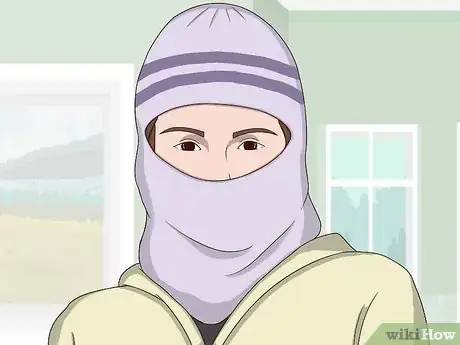

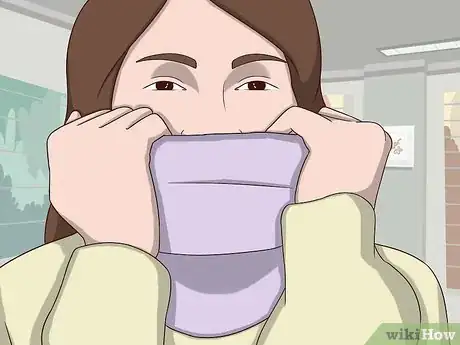
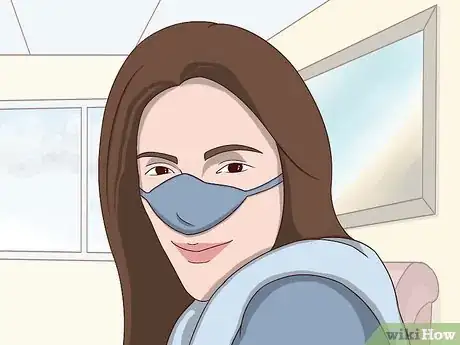




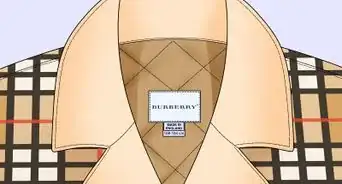
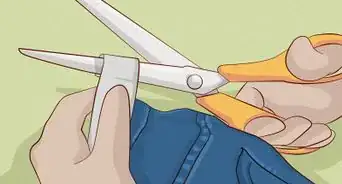




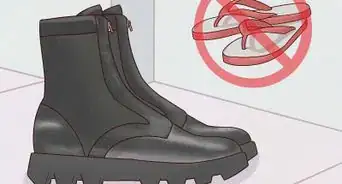




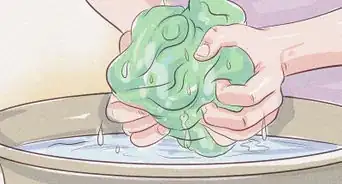









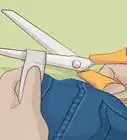





































Medical Disclaimer
The content of this article is not intended to be a substitute for professional medical advice, examination, diagnosis, or treatment. You should always contact your doctor or other qualified healthcare professional before starting, changing, or stopping any kind of health treatment.
Read More...